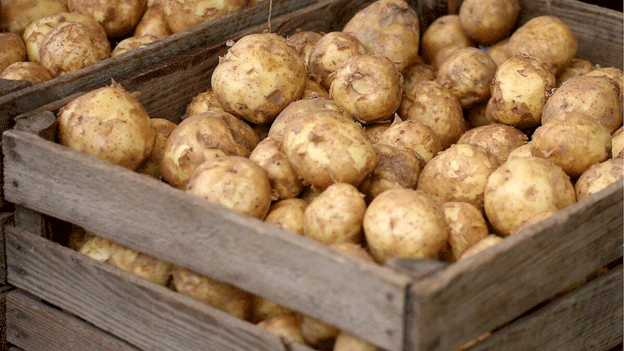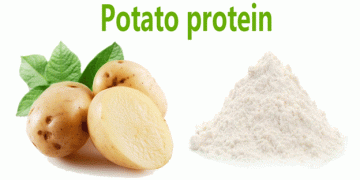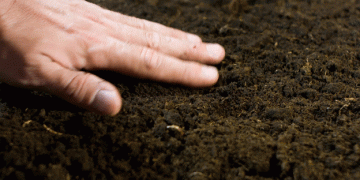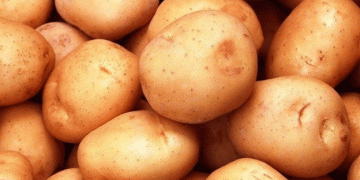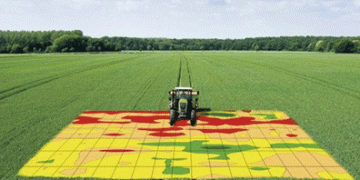Early potatoes from Lower Saxony are now prominently featured in retail stores, identifiable by their delicate skins, according to the Landvolk Niedersachsen Landesbauernverband e.V. Joachim Hasberg, Managing Director of the Lower Saxony Early and Processing Potato Producers’ Association, is optimistic about a good harvest with very high quality. He advises consumers to purchase and consume these tender tubers quickly due to their low skin firmness, which makes them unsuitable for long-term storage.
Farmers are harvesting just enough to meet the packers’ needs, ensuring a swift transition from field to store, thus maintaining a low carbon footprint. Initially, these early potatoes were sold mainly through farm shops. Their short growing season results in a comparatively thin skin, which can be eaten if scrubbed well. Farmers begin removing the foliage about two weeks before harvest to stop growth and allow the potatoes to mature, a necessary step to ensure the crop’s quality.
The current variable weather is a mixed blessing. While sufficient water reserves from spring have limited the need for irrigation, continuous rain has fostered conditions favorable for fungal spores, particularly affecting the foliage. Organic farmers, in particular, are struggling to counter these fungal threats with limited resources. “The early potatoes in drier areas like the Hanover region are still fine, but later crops are at risk if this weather continues,” says Hasberg.
Despite these challenges, the number of farms in Lower Saxony has declined by 3.7% from 2020 to 2023, totaling 34,040 farms. However, the average agricultural area per farm has increased to 76 hectares. Lower Saxony remains a leading region for potato cultivation in Germany, with 120,500 hectares dedicated to potatoes in 2023, accounting for about 46% of Germany’s total potato-growing area. Organic potatoes occupy approximately 3,900 hectares.
The good prices from the previous year have encouraged some farmers to enter the potato business, potentially increasing the cultivation area this year. While exact figures are not yet available, Hasberg notes a growing interest in potato farming due to favorable market conditions.
Lower Saxony’s early potato season is off to a strong start, with excellent quality and strategic adaptations to market demands and environmental conditions. As farmers navigate the challenges of variable weather and fungal threats, the region’s robust agricultural practices continue to support a healthy and productive potato industry.
